HIGHLANDER Explained: A Brawl with a Soul
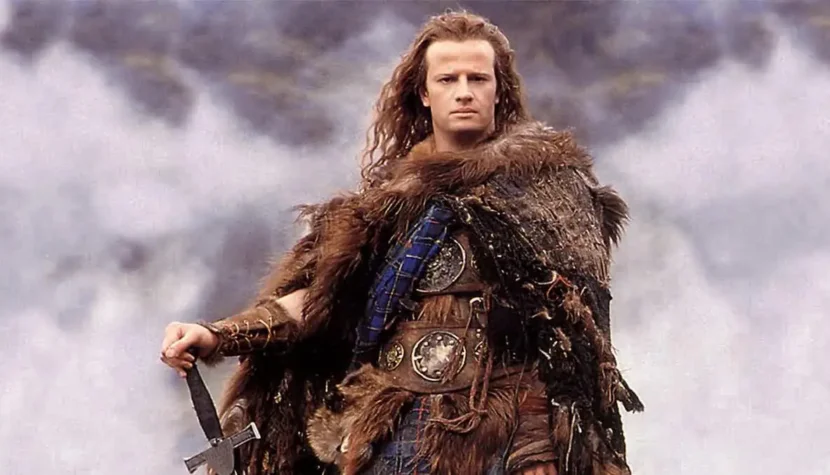
His decision to drop out of Saddleback College and pursue screenwriting studies at the University of California would soon be tested by the market. All he had to do was write and defend a thesis that would clearly confirm his qualifications to work on scripts for cinema and theater. Before starting his final school screenplay, Widen allowed himself a summer trip across the ocean.
The American’s travel destination was Scotland, a place significantly different from the California coast. Among the gloomy landscapes of the homeland of Sean Connery, Ewan McGregor, and Tilda Swinton, the medieval clothing and weaponry, which might once have belonged to one of the comrades of Braveheart himself, made a strong impression on the Yankee tourist. Highlander

Widen began to wonder what the world would look like today if such warriors still existed among ordinary people engaged in the capitalist rat race. Considering that, before the Scottish trip, Widen was equally captivated by Ridley Scott’s debut feature, The Duellists from 1977, the vision of a modern world haunted by medieval fighters quickly formed into a coherent whole in his imagination. Initially, Shadow Clan, the screenplay based on this idea, was meant to be Widen’s ticket to graduating from the University of California. Fate had other plans. Even before he defended his thesis, his script was sold for two hundred thousand dollars to people determined to bring it to the silver screen. After several revisions, Shadow Clan transformed into Highlander. And so, in 1986, a VHS market legend was born.
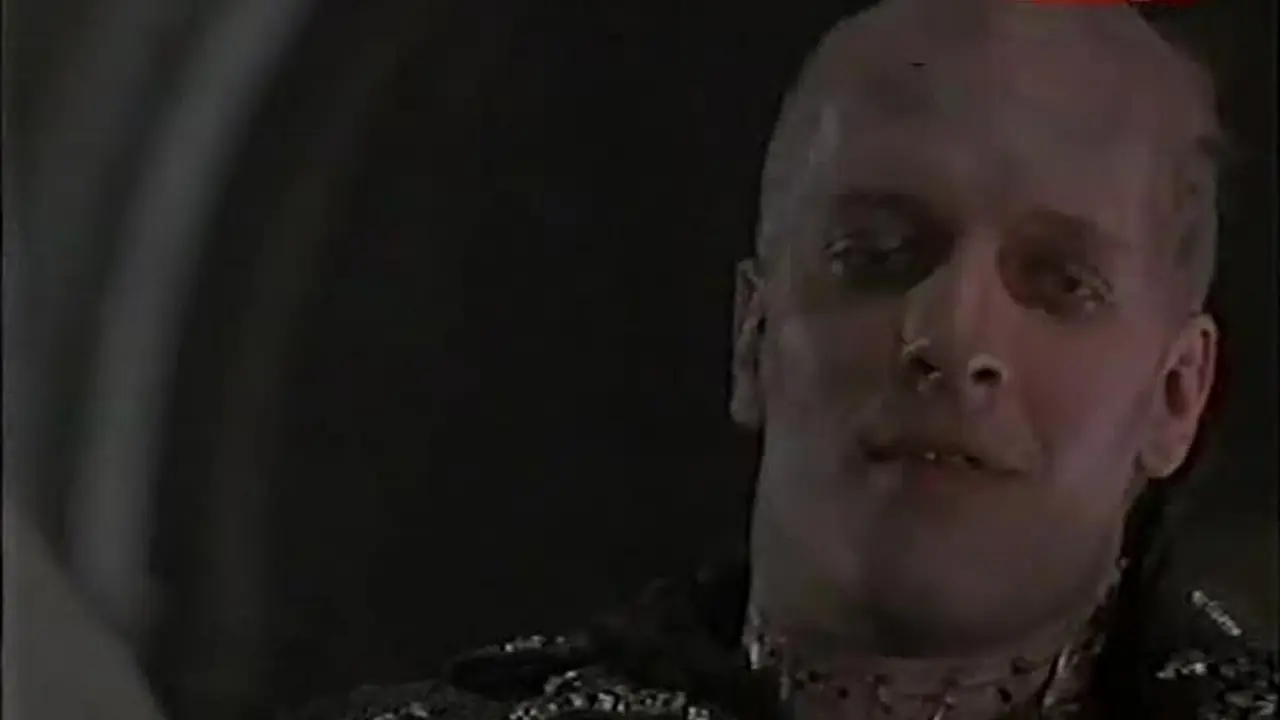
A Brawl with a Soul
Let’s not kid ourselves—despite being listed among “cult” films, Highlander ‘s screenplay is actually simpler than the life philosophy of Kurgan, the main opponent of the Scottish hero played by Christopher Lambert. Although the movie contains themes attempting to explore the challenges of immortality, the story is essentially driving toward its grand finale: the showdown between the righteous Connor MacLeod and the villainous Kurgan, who, true to Cold War-era American cinema, has Russian roots. The entire process of the titular hero’s maturation, training under the guidance of the aged and world-weary Ramirez—played by Sean Connery in the spirit of Dumas’ musketeers—and the necessity of facing dangerous reality on his own, follows a classic pattern of a common man’s transformation into a hero. None of this, however, prevents Highlander from being effective and remaining a film that many continue to place at the top of their personal rankings.

Many factors contribute to its success. The first, without a doubt, is the way Connor MacLeod’s character is portrayed. Even though he is not a particularly original hero, his story is carried out with enough consistency to make the viewer believe in the successive stages of his transformation over the centuries. Before his first confrontation with Kurgan, the Scot is just a regular guy dreaming of battlefield glory. After being exiled, he goes through a phase of despair, picks himself up, and rebuilds his life with his beloved. The arrival of Ramirez opens his eyes to things he did not understand before. Training and discovering his own potential quickly start to bring him joy.
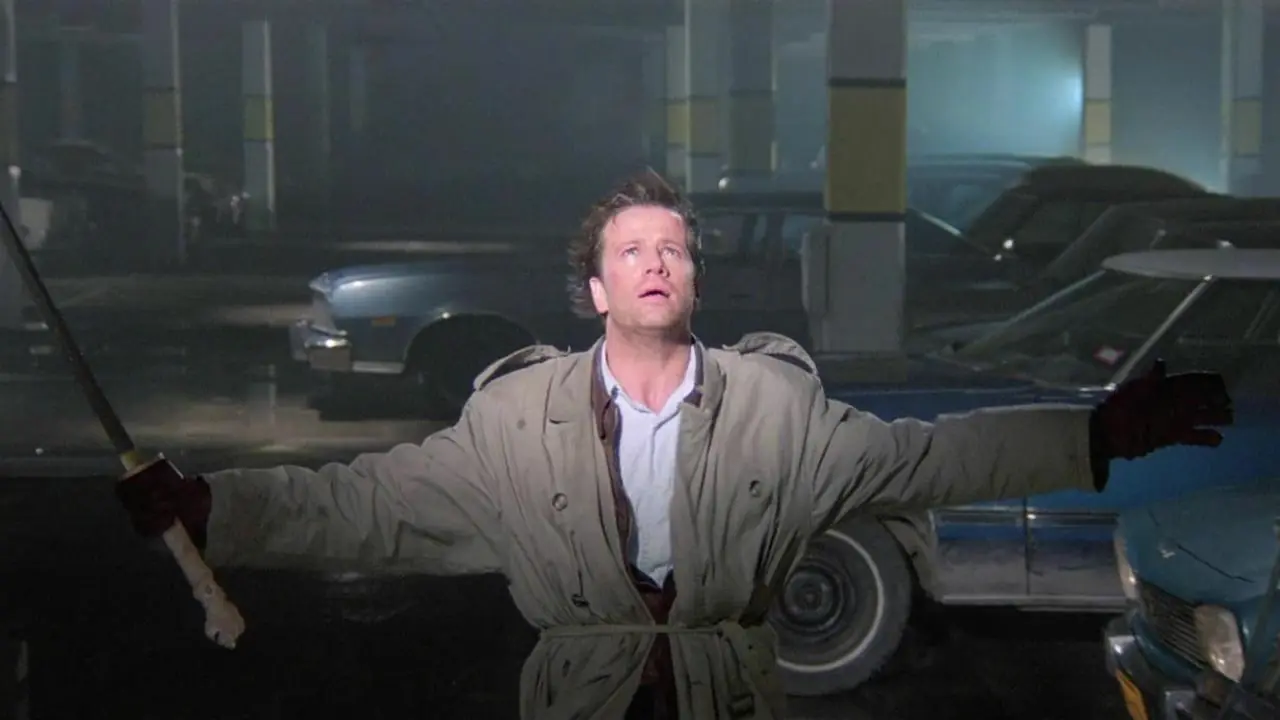
However, as his power grows, so does his understanding of the world, and MacLeod soon realizes there is no place for great heroes on Earth. Immortality quickly becomes a curse for him, a notion well illustrated by the significant visual change between scenes set in the medieval era and modern times. While MacLeod’s youth takes place amid the cold yet majestic beauty of Scotland’s mountains and highlands, the 20th century appears as a shadowy, mist-filled, gray concrete jungle populated by faceless masses. This is a convincing visual metaphor for the transformation of the hero, forced to abandon dreams of greatness for reluctant participation in a cruel game enjoyed only by his diabolical opponent, Kurgan.

The contrast between eternal enemies works largely due to the performances of Christopher Lambert and Clancy Brown, who owe their fame to the film but also became typecast in the eyes of the audience. Kurgan’s barbarism perfectly contrasts with the calm and intelligence that become MacLeod’s main weapons over time. Add to that the eternally cheerful and eccentric Ramirez, played by Sean Connery, and you have a combination that could likely elevate even a much weaker screenplay.
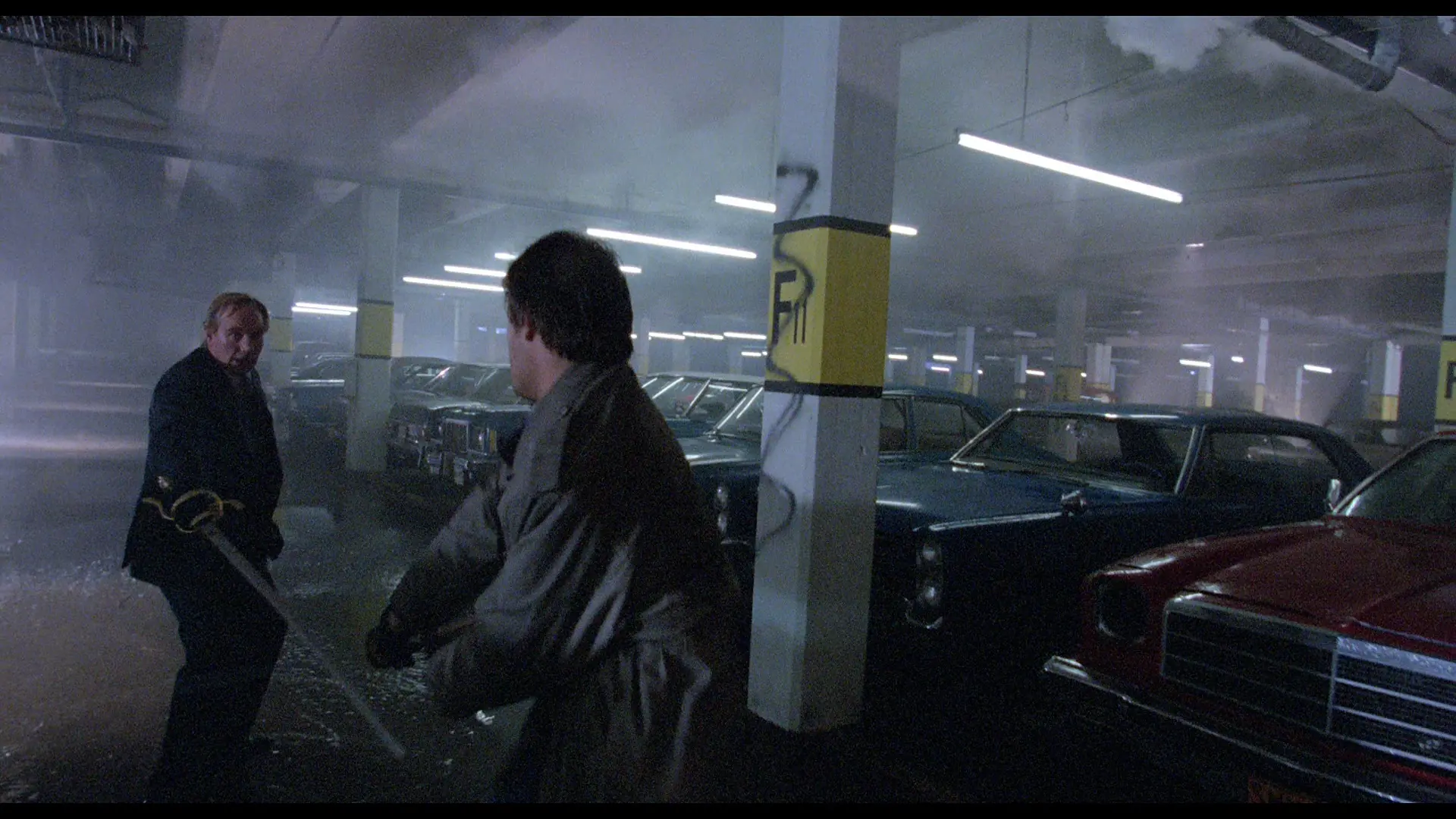
The entire dynamic of Highlander relies on these contrasts, the constant shifts in mood. A silly wrestling scene is juxtaposed with a bloody battle; the solemnity of a hero losing everything he loves gives way to Ramirez’s training adventures; New York’s cold streets clash with the warm glow of the fire in the home that, centuries earlier, belonged to MacLeod and his beloved. By contrasting scenes that are so different from one another, Highlander becomes a simple story, yet one full of ambivalence and understated reflections on life and mortality. As a result, a film that could have been a mere brawl—where bones break like toothpicks and blood flows faster than a mountain stream—acquires character and soul, something that most productions following a similar formula lack.
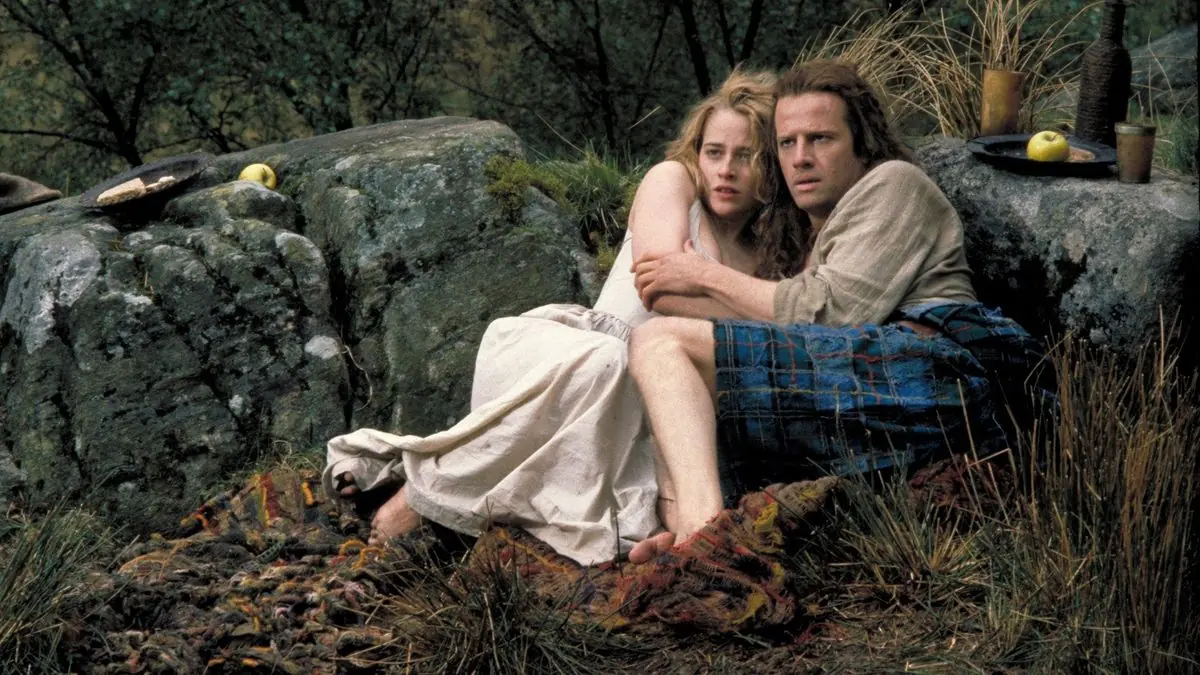
To give a close comparison: nine years after Highlander’s release, Lambert starred in Mortal Kombat. In both, there’s a fight. In both, there’s an enemy whose victory threatens the destruction of the world. In both, there’s a boy who must become a man and take the fate of millions on his shoulders. Yet, in the adaptation of the cult computer game, you won’t find the simple but poignant dialogues present in Highlander. Consider, for example, the death of the main character’s beloved and her final exchange with MacLeod:
Don’t see me, Connor—let me die in peace. Where are we?
We’re in the Highlands, where else?
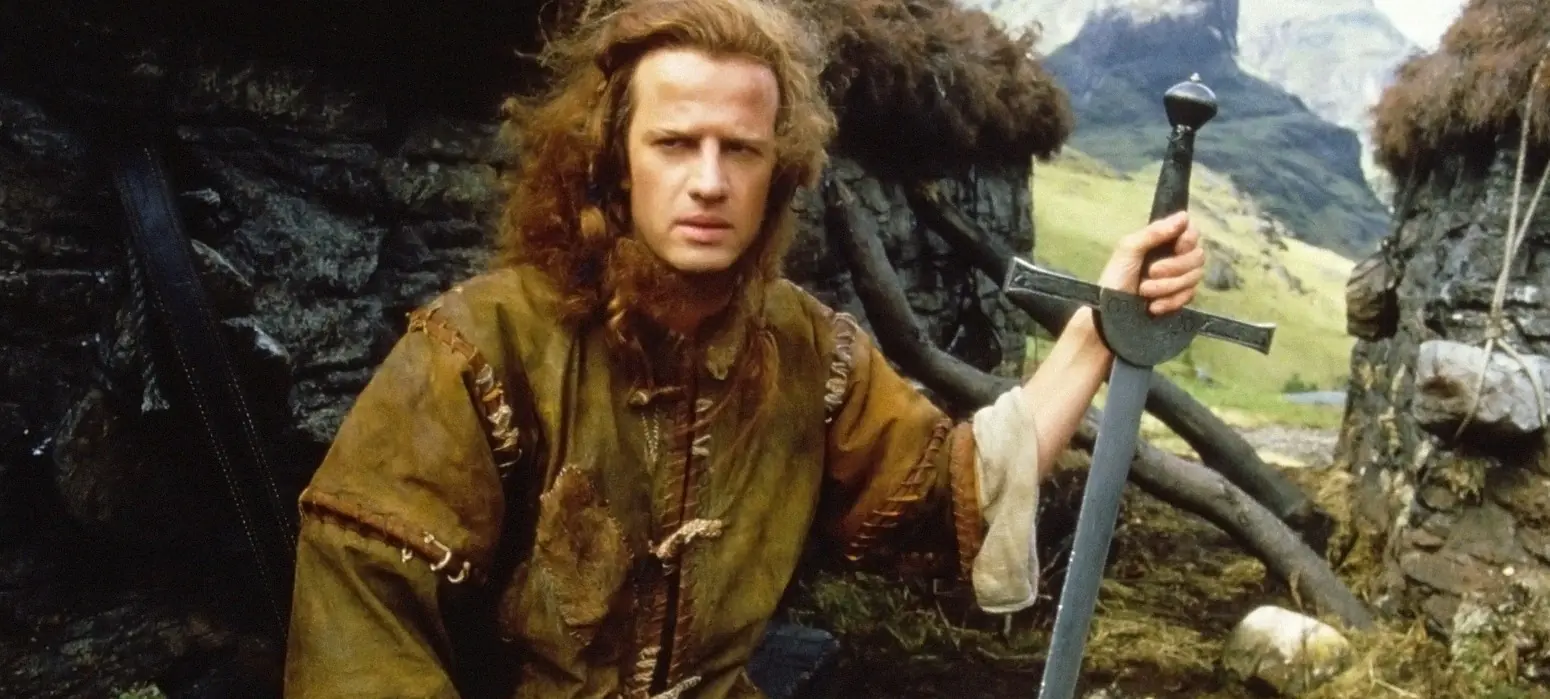
That’s the essence of Highlander. Despite living for hundreds of years and leaving the Scottish highlands behind, MacLeod has always remained in the mountains. The music video-like modern world is just a purgatory for him, one he hopes to escape, to once again race down one of the grass-covered slopes. Was this outlook the reason why the film became a cult classic of the VHS era? Probably not. But for me, it’s precisely this perspective that helps to understand why Mulcahy’s film is still watched with admiration today, at a time when music video-style editing, Queen’s soundtrack, sword fights, and old-fashioned special effects no longer impress viewers as they did when MacLeod reached people via a tape slid into a VCR.

